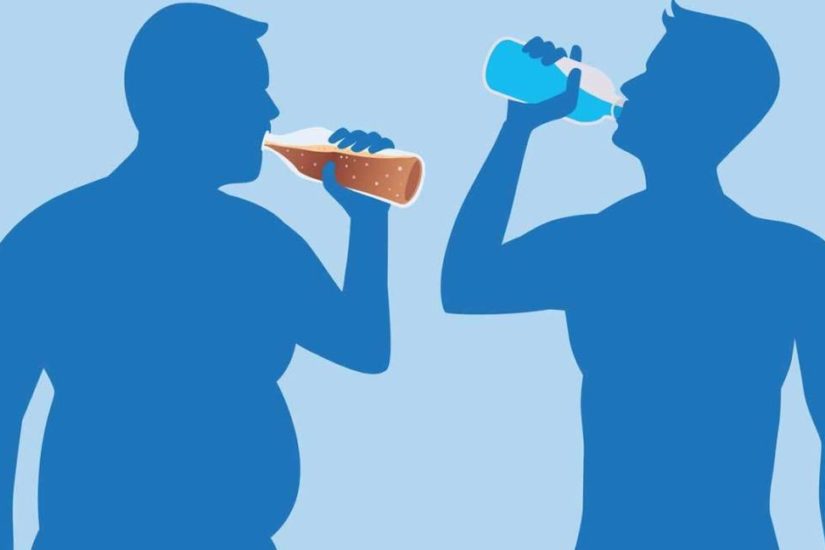If you have a significant amount of weight to lose – say 20 pounds or more – the task ahead of you can seem very daunting. Is it any wonder that so many people try to put it off, or to deny that the problem is as serious as it really is? But studies show that being significantly overweight carries with it a huge health risk, so being in denial about weight problems is very dangerous – it can even be deadly.
Still, when you think about it in terms of a concrete plan to lose weight, it can be very daunting indeed. One pound is approximately 3,500 calories, and just thinking about how much exercise you would have to do to burn that much is exhausting. You can understand why people put it off, even though that has the potential of making the problem worse.
Maybe the best advice, therefore, is this: Take it slow. Don’t try to lose the weight all at once, especially if you have a lot of weight to lose. Instead, every week, commit to a small change in your lifestyle that takes you a little bit closer to your goal. For example, the first week you might decide to add some exercise to your daily regime. But if you don’t have the time or the energy to go to the gym and do a full scale work out, don’t worry about it – you can still participate. Commit to going for a fifteen minute walk every day after dinner – just fifteen minutes, just an easy walk, but you have to do it every day, rain or shine. It doesn’t sound like an ambitious plan – almost anyone can do it. The point is actually doing it, not just thinking about it.
The next week, you might decide to address the health of your diet, so you decide to eat fruit for a snack instead of the crackers or chips you might normally reach for. Again, it’s a small thing, just one modified snack a day. But again, if you do it everyday, soon it will start to make a difference.
Here’s the trick, though. When you start implementing your second week’s change, keep doing what you committed to doing the first week. I mean, you might as well. You’re already used to it, and each of these changes, in and of themselves, are small and easy. So during the second week, you’re walking every day and eating fruit. You’re well on your way. The third week, you may decide to eat a bit less. Here’s an easy way to do it – for any food that you would normally eat, take away a quarter of it. So, fill your plate and then take off a quarter of the food and put it in a Tupperware container for later, or buy a slice of pizza at lunch but tear off a quarter. Throw it away, or, if that offends your moral sense, put it out for the homeless. Or get a doggie bag, if you’re in a restaurant. Of course, if there’s an actual dog around, you can feed it your excess food. Then proceed to enjoy the rest of the meal or snack, regardless of what it is. Fruits and vegetables are exempt from this process, by the way – they don’t need to be ‘quartered’.
It is usually at this point, around the three-week mark, that people start noticing a difference in the way their clothes fit. Weight loss is starting to kick in, and it will only accelerate during the coming weeks. We don’t recommend that you weigh yourself, however. Save that for the end, and you’ll be amazed. In the meantime, enjoy how different your lifestyle changes are making you look and feel. Keep accumulating them.
Here are some more ideas for incremental changes: During the fourth week, you might want to give up fried foods, if they are something you normally eat. Or you might want to walk instead of taking the elevator, or park three blocks away from home or the office and walk the remainder. The point is that it all adds up. You don’t need to make big changes in your lifestyle – over time, the little ones an make a huge difference.




